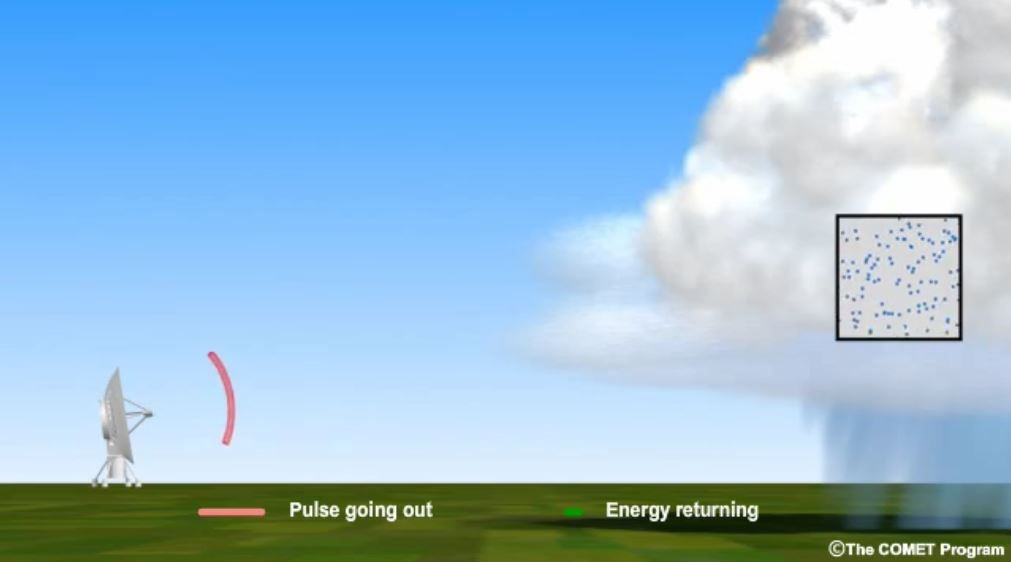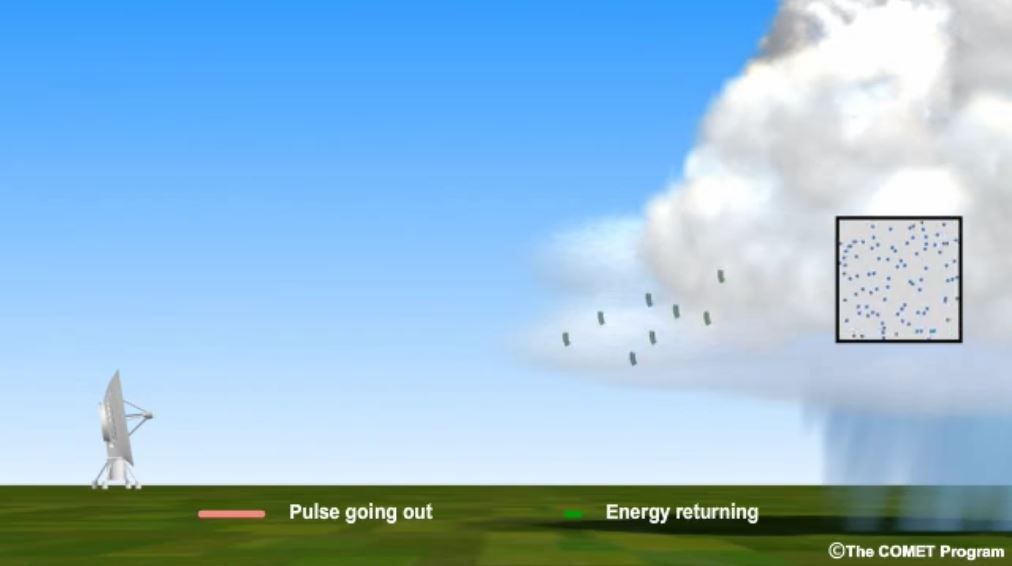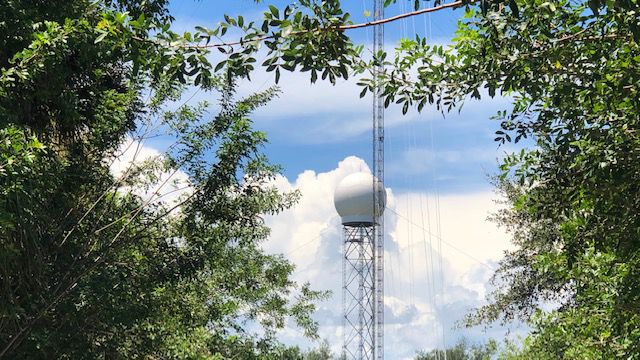Perhaps you have heard there's a new radar in town: Klystron 13. The world's most powerful weather radar has found a home at Spectrum News 13, giving the Weather Experts the ability to cut through the clutter and see storms that other television radars miss.
The word "radar" is an acronym for "RAdio Detection and Ranging." It has been used for television weather purposes since the late 1960s but its origins can be traced back to military use in World War II, when radar was used to track enemy aircraft and ships. Radar operators discovered that precipitation also appeared on their displays.
So how does it work?
The radar emits pulses of electromagnetic energy. When this pulse encounters an object (raindrop, hailstone, bird, etc.), the radar waves are scattered in all directions and a small portion of that scattered energy is directed back toward the radar. This is often referred to as being "reflected" back, which is where the term "reflectivity" comes from.

Pulses are sent out, but the radar also listens for these reflected signals. The energy received back is then analyzed by computer software to determine the location and intensity of what is being detected.

The movement also provides information about the wind speed and direction. The information is then plotted on images like you see during Weather on the One's.
The ability to detect the "shift in the frequency" of the pulse of energy is a characteristic of Doppler radar. Named after the Austrian physicist who discovered it in 1842, Christian Doppler, the "Doppler effect" explains how the frequency of the returning signal changes based upon its motion relative to its source.
The best way to explain the Doppler effect is through the example of a moving train observed from a fixed location. As the train approaches, the sound waves from the whistle are compressed, making the pitch higher than if the train was stationary. As the train moves away from you, the sound waves are stretched, lowering the pitch of the whistle. The faster the train moves, the greater the change in the whistle's pitch as it passes your location.
The same effect takes place in the atmosphere as a pulse of energy from radar strikes an object and is reflected back toward the radar. The computer that processes the radar data measures the frequency change of the reflected pulse of energy. This is then converted to reflect the velocity of the object, either toward or from the radar site.
The information on the movement of objects either toward or away from the radar is used to estimate the speed of the wind. The ability to see the direction of this wind provides clues for meteorologists to detect rotation that can lead to the formation of tornadoes.
These are some of the mechanics behind Klystron 13. The updated technology enables us to more accurately detect heavy rainfall, tornadoes and hurricanes. It is the world's most powerful television radar, and you'll only see it on Spectrum News 13.








